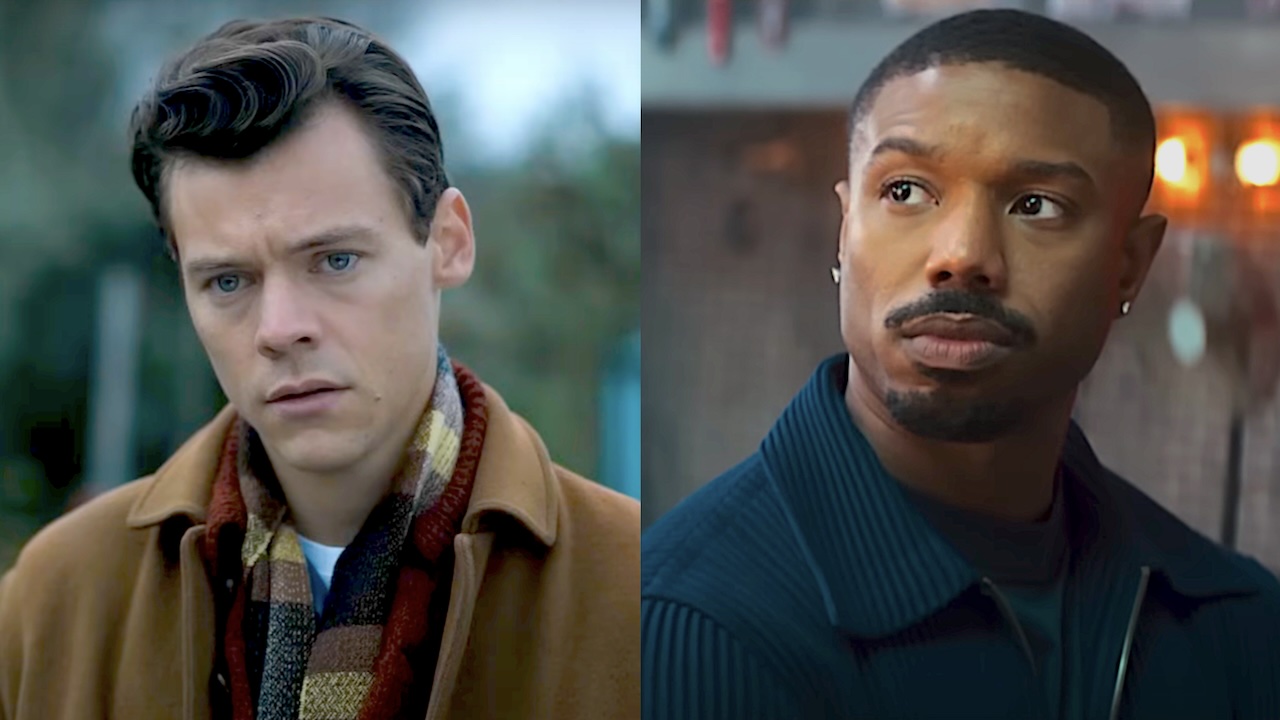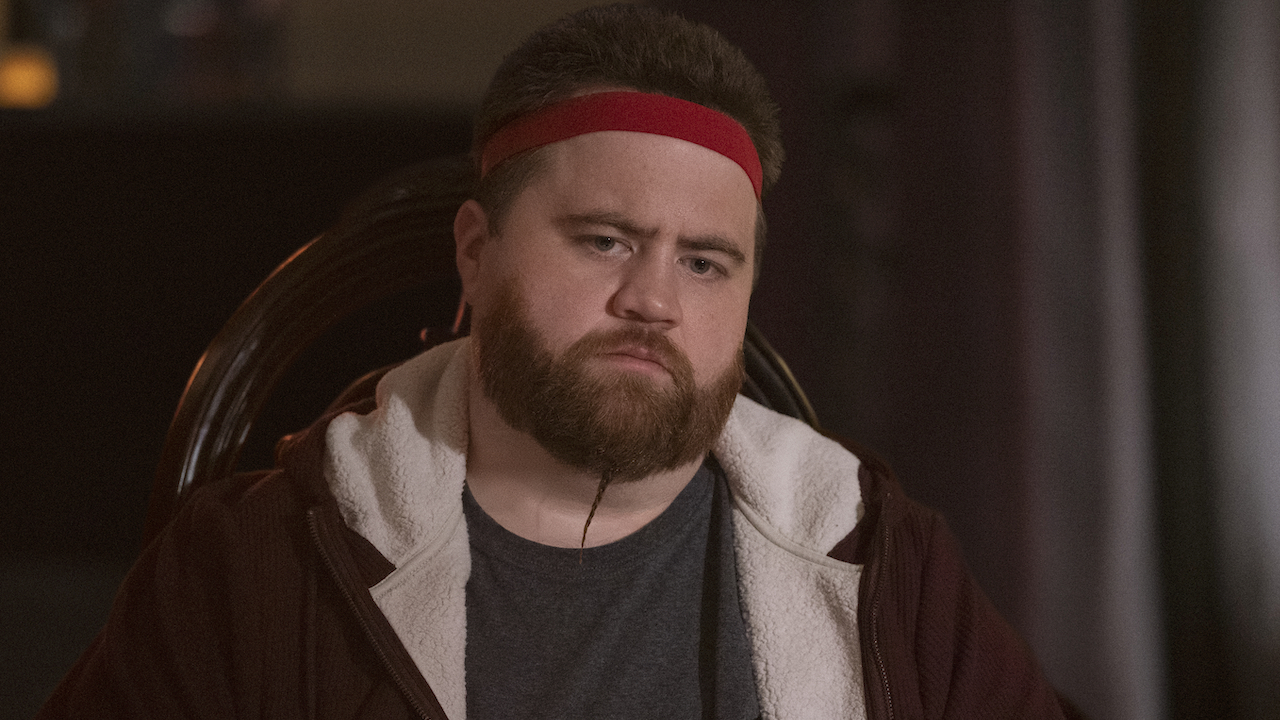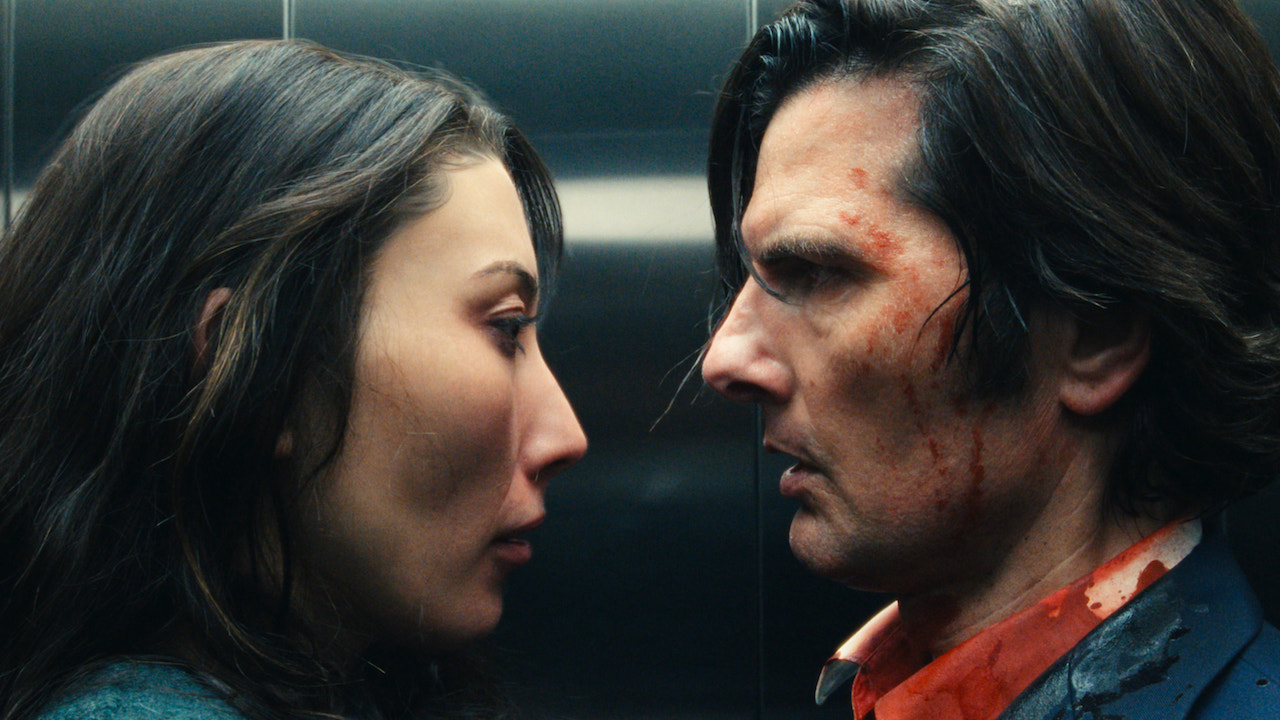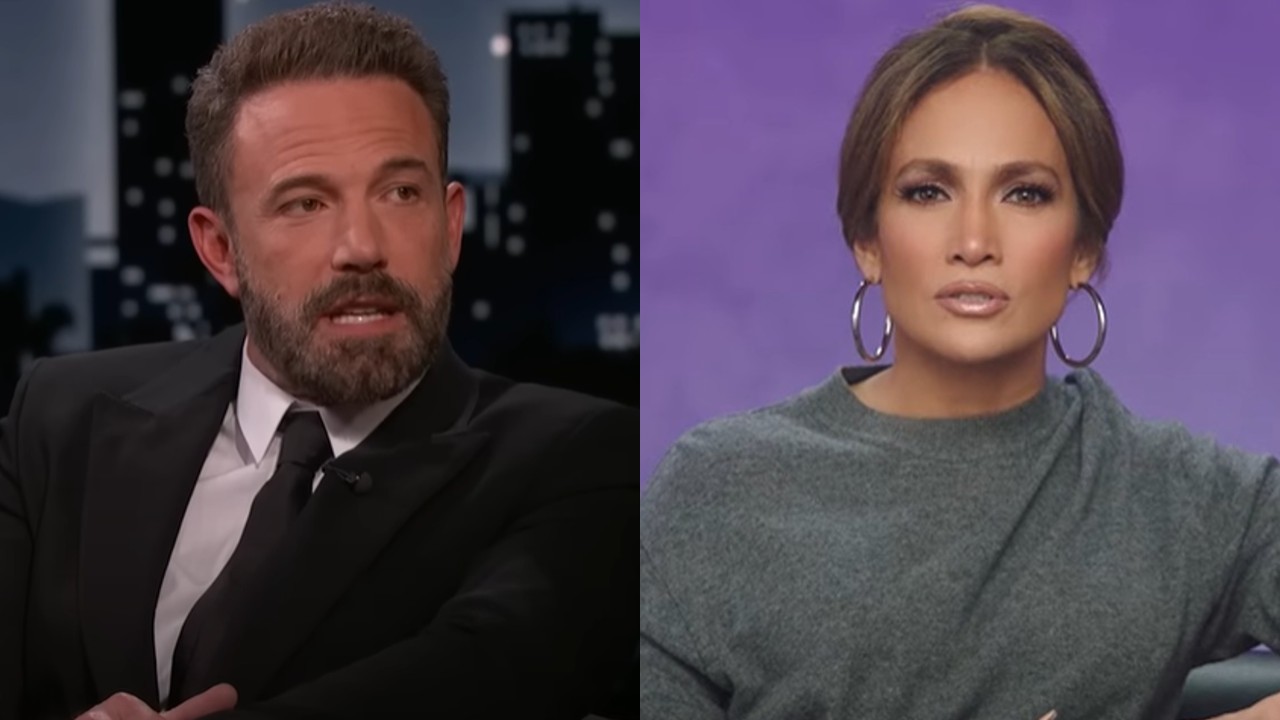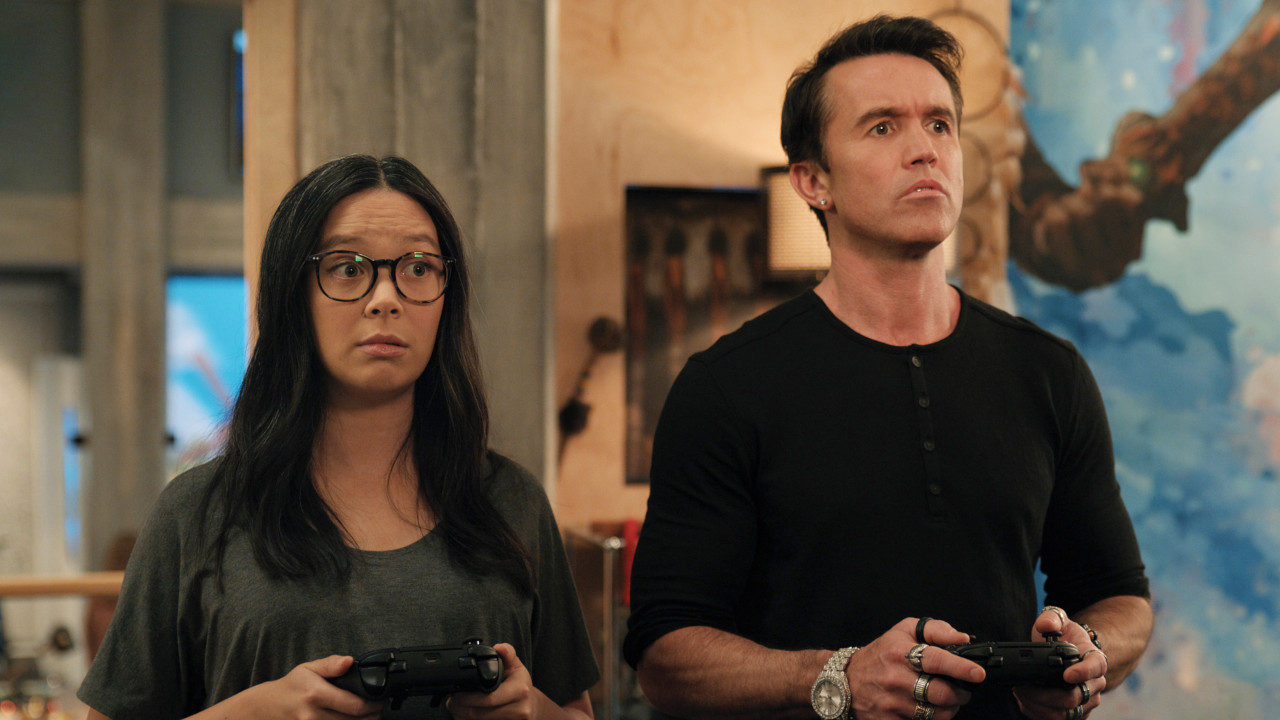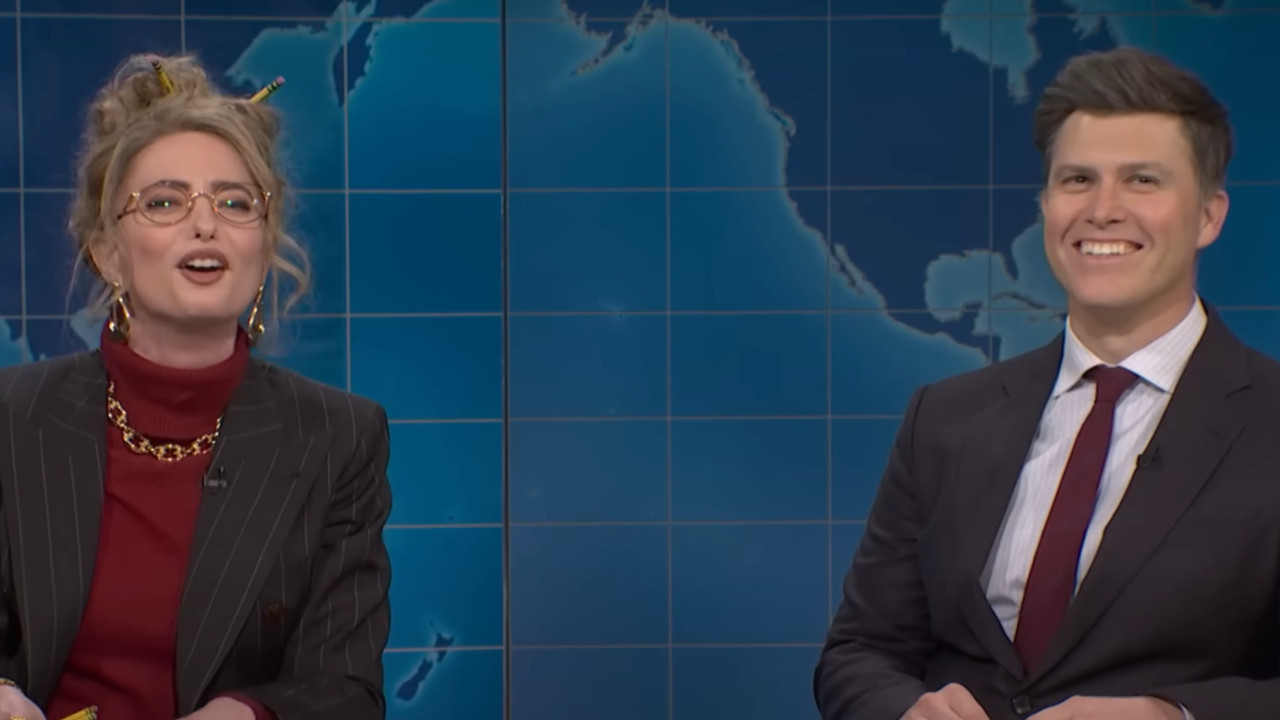Little Women 2019: 12 Big Differences Between The Book And The Movie
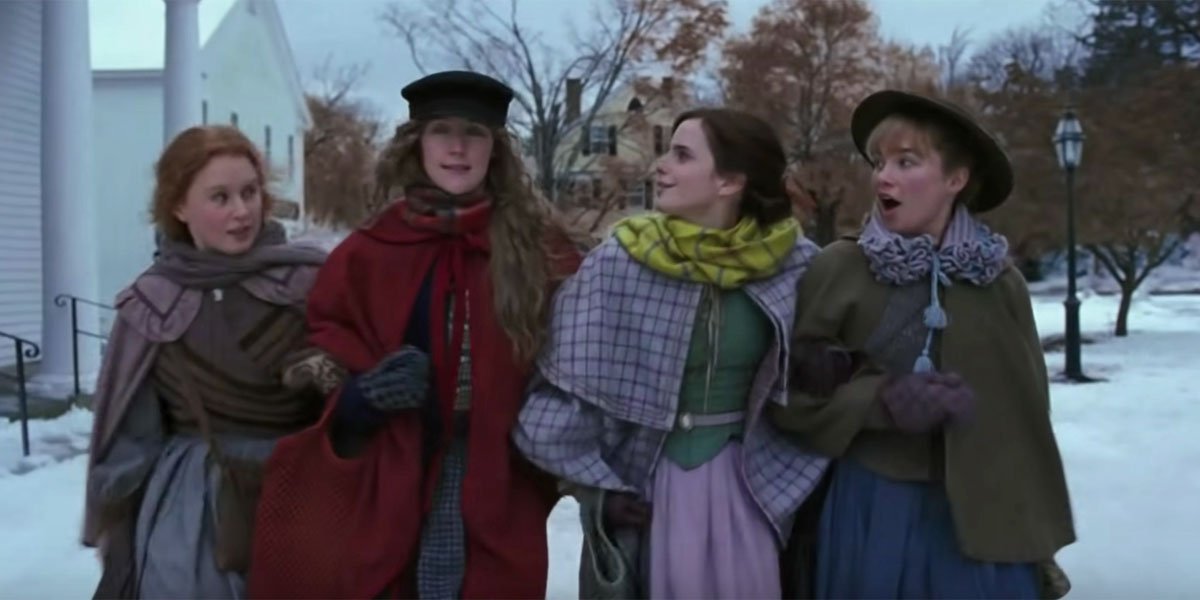
Greta Gerwig’s new Little Women 2019 movie adaptation is hitting theaters just in time for the jolly Christmas holiday. While it’s a movie with lots of joy, it does come with some sorry in its story, as well as some changes to Louisa May Alcott’s original book.
If you’ve already seen the movie and want to talk about the ending, we have you covered. However, if you are a major bookworm such as myself, you’ve come to the right place. Please note, we've used the book edition of Little Women that has commonly combined Little Women and Good Wives to become the more traditional story structure we know today.
Spoilers abound through the rest of this Little Women-oriented piece, so if you haven’t caught the movie yet, you may want to bookmark this and save it for later. Granted, if you’ve already read the book, this is a pretty faithful adaptation with a few shifts for a modern-day audience, so I’m not sure there’s a ton that you could spoil yourself on.
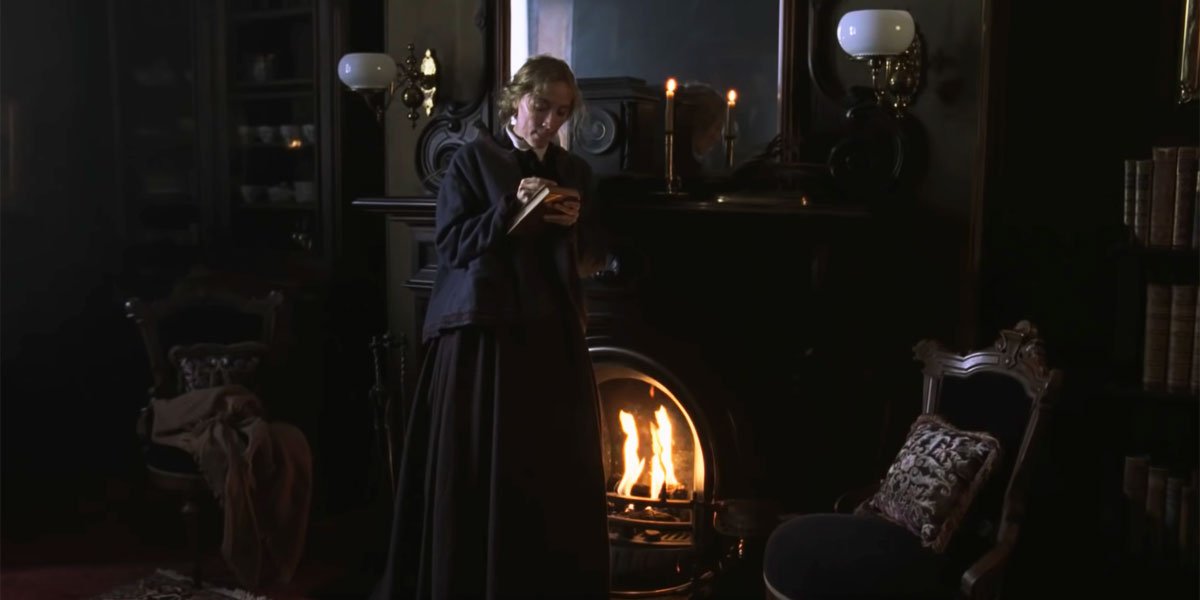
The Little Women Movie Is Not Told In A Linear Fashion
In Louisa May Alcott’s popular novel, we first meet the Marches as young women and dealing with young women problems, like needing money for Limes in school and having a sister who burns your books when angry. In the movie, the story is told in a non-linear fashion.
In fact, we first meet Jo as an adult woman in New York trying to make her way by selling stories and teaching children. We hop back and forth, seeing Jo, Meg, Amy, Beth and Laurie as both young adults and then grown adults. Circumstances from the past later reflect on the future and so on and so forth.
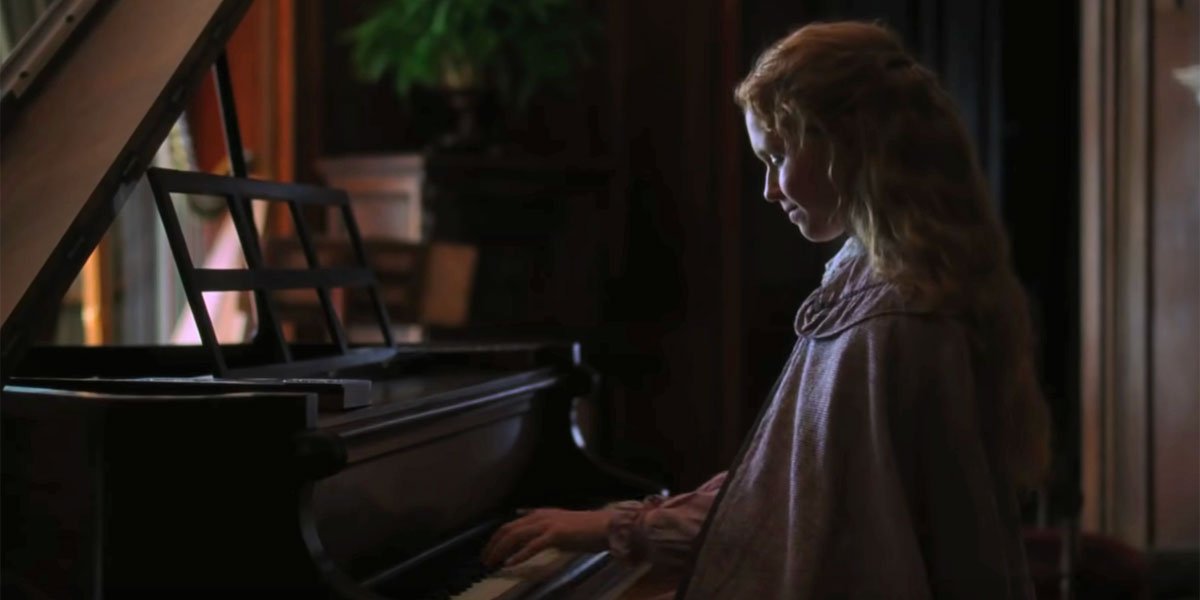
Laurie And Mr. Laurence Get Embedded Into The March Family Life In Different Ways
A lot of what happens in the movie and the book are the same. For example, Jo spends time with Laurie at a dance and Mr. Laurence gives Beth a piano because she reminds him of his deceased little girl. However, there's more of these two families connecting in the books.
For example, Jo makes friends with Laurie when he’s sick and in bed toward the beginning of the book and there are more scenes set with both families spending time together. The important nature of these two families connecting does not change between the movie and book however.
CINEMABLEND NEWSLETTER
Your Daily Blend of Entertainment News
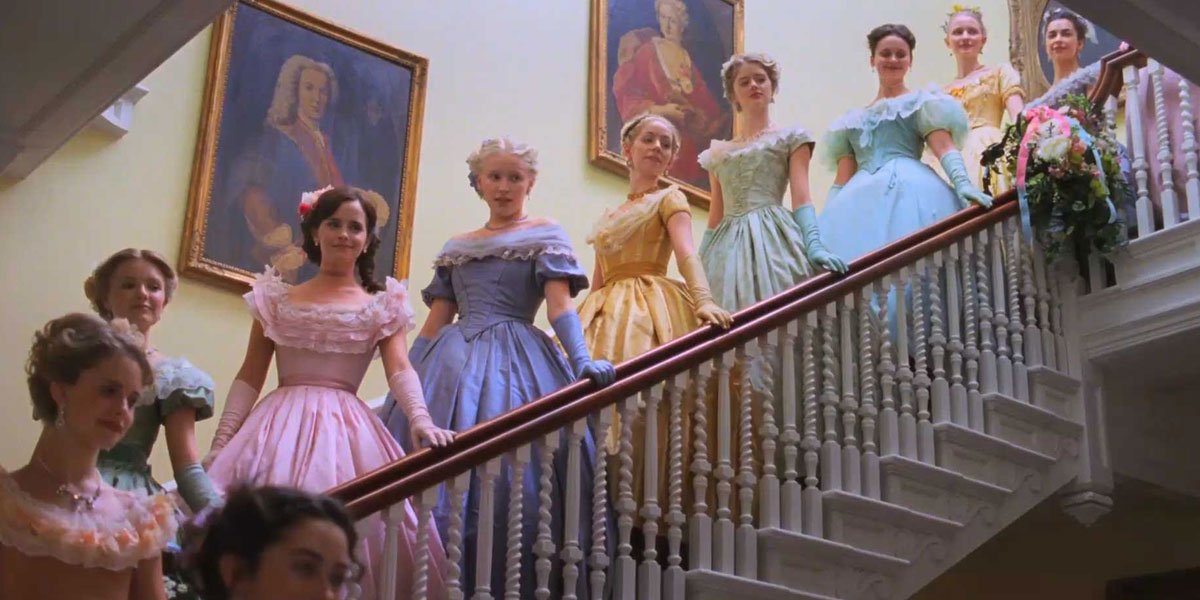
Meg’s Week Pretending To Be Rich Is Different In Little Women (2019)
In the book and the movie, Meg gets invited to spend some time with wealthier girls. While there, she’s taken on as a pet project by some of the girls and tasked with flirting, drinking and generally behaving in a way that would not make Marmee proud.
In the movie, however, she tells Laurie she’d like to have her fun for one night, which he doesn’t approve of, but let’s her have her moment. In the book, there are more ramifications for this behavior. For instance, although “Daisy” is treated like a pet, she is gossiped about, and after all of her partying, Louisa May Alcott mentions she is sick the next day, making this more of a cautionary tale. She also wears a pink dress in the movie and not blue.
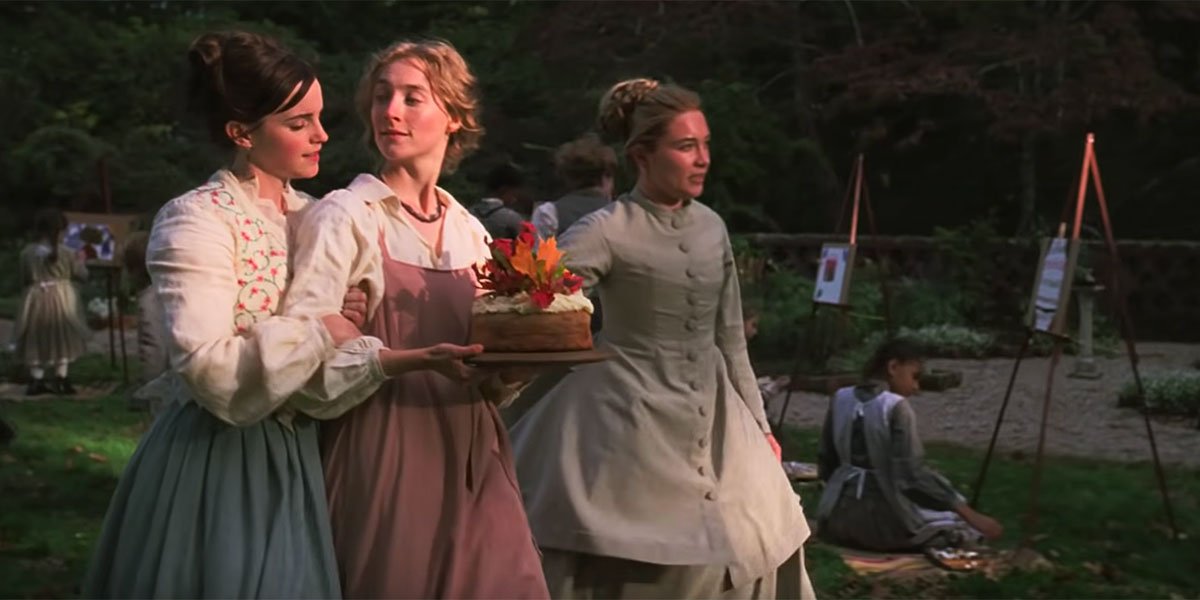
The Book Features More Little Moments Between Characters
If you want more of Amy and Jo not getting along, there’s more in the book. If you want more of Amy trying to be aristocratic with local peers, there’s more in the book. If you want more of Mr. Brooke and Meg’s relationship, there’s more in the book. If you want more time when Amy develops her early relationship with Aunt March before Europe, it’s in the book. If you want more about how Pa feels about his little women, there’s more in the book. I could go on, but you get the point.
Having said this, Little Women as a movie establishes its characters and their relationships in ways that are similar to the book. It just has to pick and choose its moments more carefully so that the movie doesn’t drag on for hours.
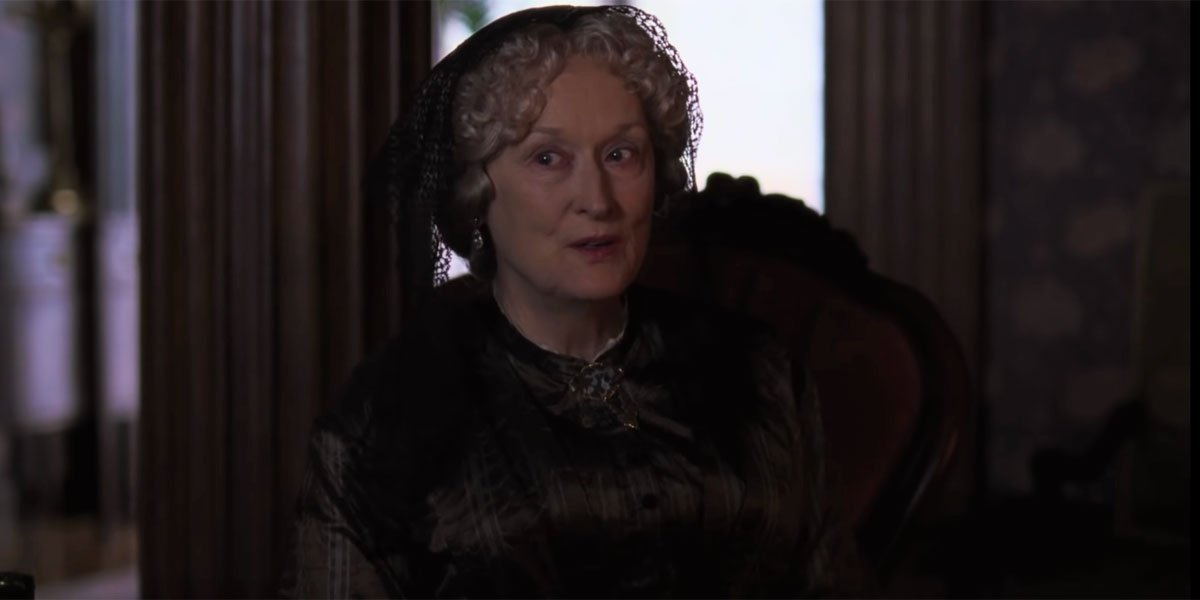
Aunt March Is Not Relegated To The Background
In the book Aunt March is someone we hear about often but who we don’t hear from very often. She decides to do things like take Amy to France and scold Jo for being inattentive and rude. She also has thoughts when Amy says no to her beau in Europe, but we often hear about these things secondhand.
However, in the movie, she’s an actual character played by Meryl Streep and she’s given much more to do (which is good given Meryl Streep reportedly very much wanted a meaty part in this movie). The movie also cuts out a whole subplot in the books featuring her parrot, which is a relief. Regardless, in the movie Aunt March is the one who helps to steer Amy to a good marriage match and provides some comic relief when she feels like the March family is acting too zany.
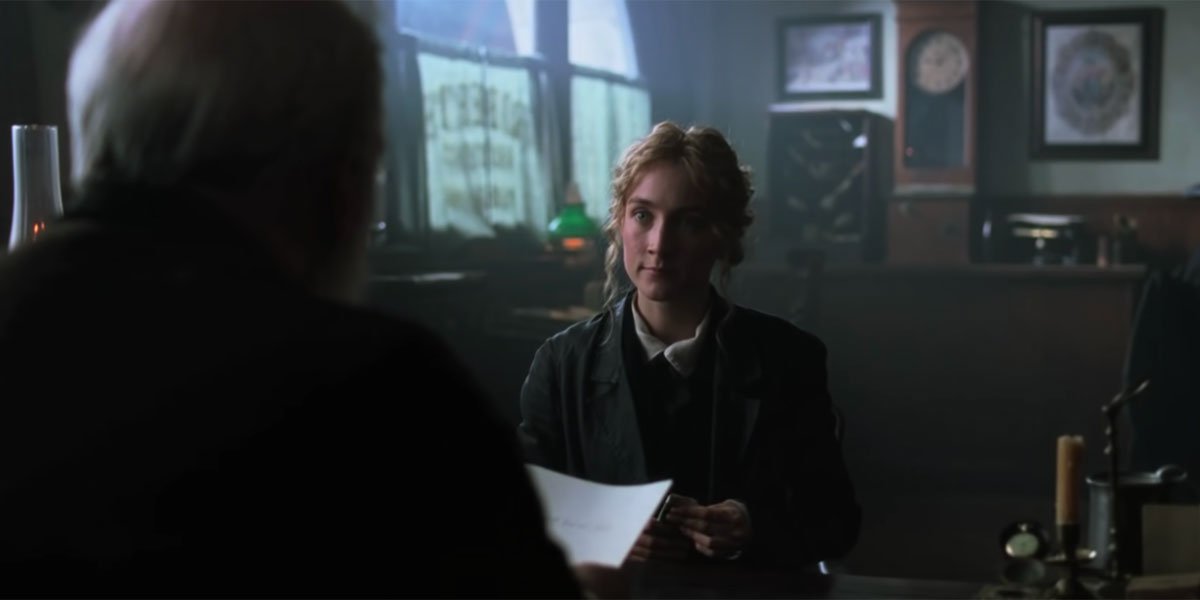
Jo’s Relationship With Her Publisher Is More Established In The Movie
In the movie, we start out seeing Jo as an adult in New York, who is a working woman and dictating the terms of her own contracts. In the book, Jo is convinced to sell some silly stories for large sums, which she at various points uses to send Marmee and Beth to the seaside and to make her own way in the world. Later in both the movie and the book, she convinces a publisher to take on some of her stories.
The movie is similar to the books in this case; however, adding the publisher also allows the 2019 movie from Greta Gerwig to incorporate Saoirse Ronan’s Jo writing her own version of Little Women, which is then published at the end of the movie. We even get a scene with the publisher and his family! More on that later.
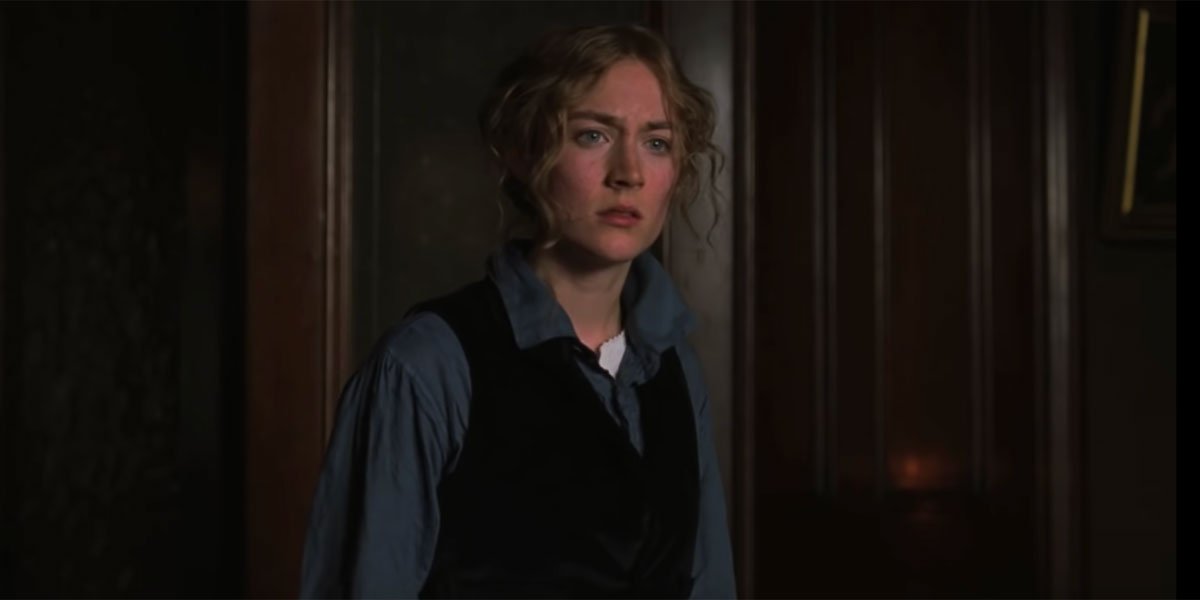
Jo’s Fight With Mr. Bhaer Is A Bigger Flare Up In The Movie
In the movie, Jo defends her works of fiction when Mr.Bhaer offers his opinion and fights to make sure he knows she doesn’t care one wit what he thinks (though she does). This sets off a chain of events. They fight, Beth gets sick, Jo goes home, and her relationship with the German flounders for a time.
In the book, Jo invites Mr. Bhaer to visit when she heads home and believes she has made “a friend worth having” and will try to “keep him for life.” This all happens in the book before Laurie even declares his undying love for Joe. So this is an example of the timeline shifting and changing too. Ultimately, in both iterations, Jo and Mr. Bhaer eventually are able to get it together and show their love for one another; how they get there is just different.
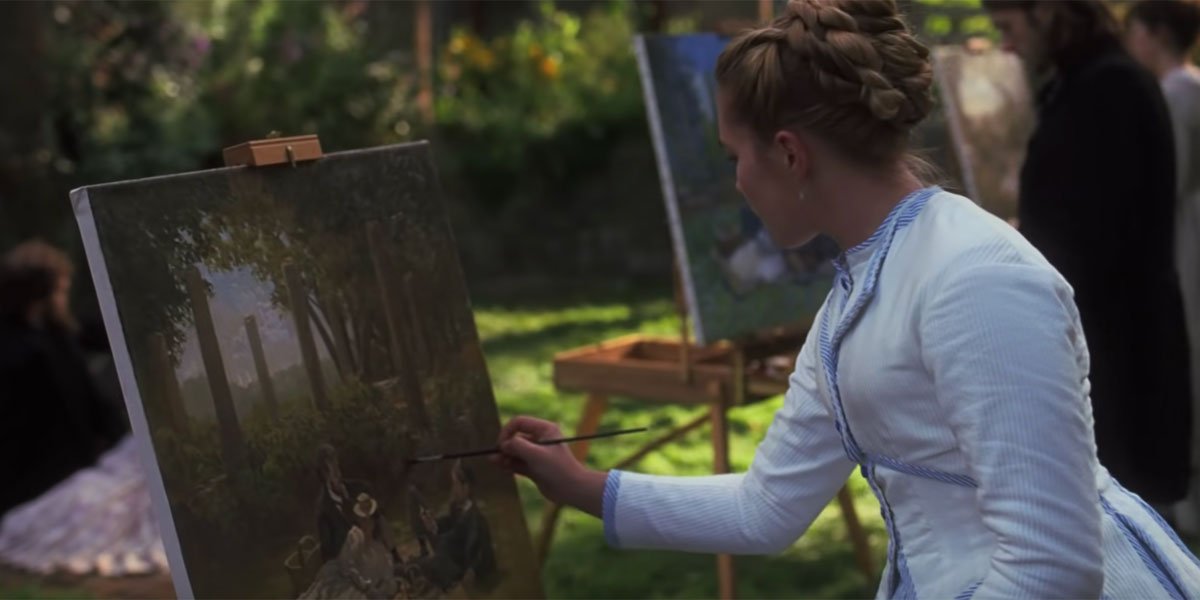
Amy’s Big Speech To Laurie Is Tinged With Women’s Rights Issues
In the novel, Louisa May Alcott brings up a lot of the lines that pop up in the Little Women 2019 movie, including Amy talking about “wanting to be great or nothing” before hoping that she can “polish up [her] other talents and be an ornament to society if I get the chance.
In the 2019 movie, the script adds to this scene in question, giving Amy a chance to express that her only hope in the current state of society is marrying, as that gives women value and even then men technically own the children and so on and so forth. It’s a sobering speech and one of Florence Pugh’s finest moments in the movie.
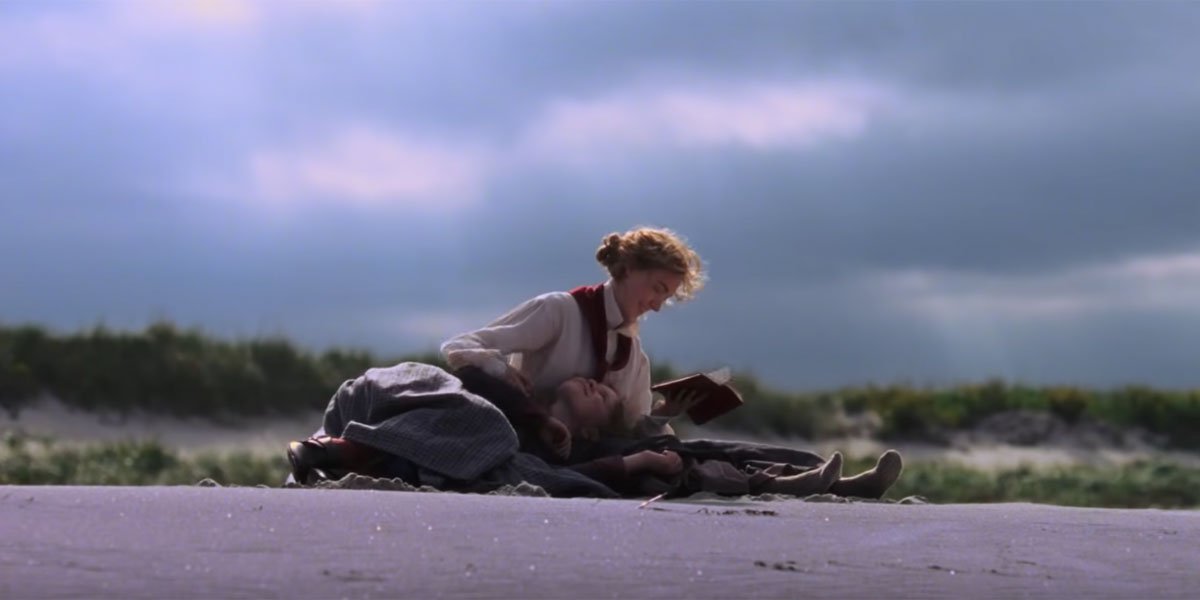
Beth’s Death Is Set Up As Much More Of A Sudden Surprise In The Movie
While Beth gets her moving speech about how her life feels like it is the tide going out in both the book and the movie, the movie sets up Beth’s death as more of a surprise. This is done through the juxtaposition of Beth’s first bout with Scarlet Fever to the last time she faces the complications of this disease.
The first time she gets well and the second time she doesn’t. While the March family talks about the inevitable in both projects, you can see in the movie that Jo in particular is hoping for a miracle that doesn’t come. In the book, there’s a whole chapter called “The Valley of the Shadow” that expressly shows Beth’s months of slowly wasting away. It’s monumentally sad. For more on the wild history of Beth's death in literature, head here.
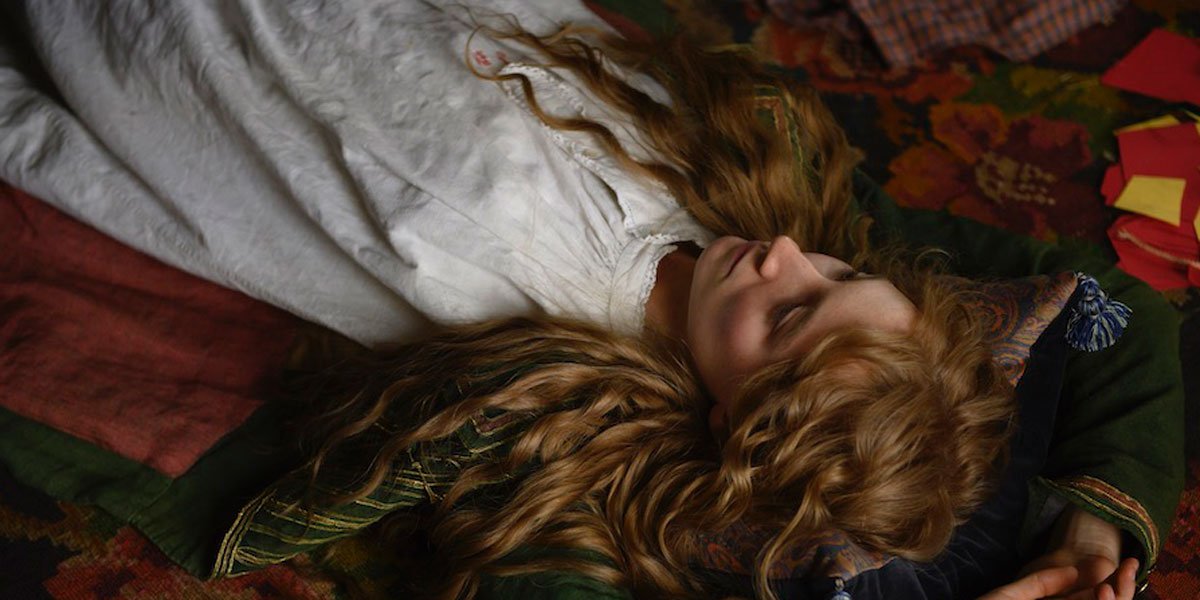
Professor Bhaer Tries To Leave For California
Jo’s love interests are changed somewhat from the book at the end of the Little Women movie. Instead of graciously telling Teddy he’s a better fit for Amy, she gets a little bit cross in the movie and there’s even a half-ditch effort from Jo to write Laurie/Teddy a letter telling him she’s changed her mind.
Then, when Professor Bhaer comes, there’s a little jealousy from Laurie, but also Jo nearly lets him go to California without telling him she loves him. In the books, the Professor merely stays for a few days “on business” and the two of them muddle through a proposal during an outing to get gifts for the family (although it seems he is leaving during the book scene too). The way the movie does it involves more of the March family and is much funnier, in my opinion.
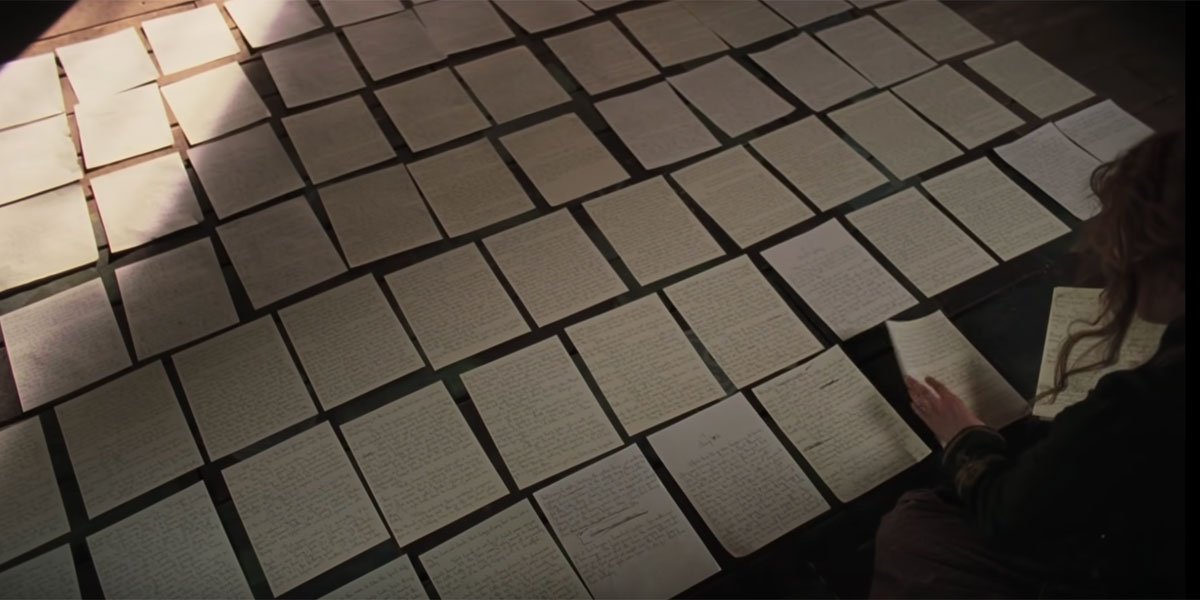
Jo Writes Little Women And Watches It Get Published
This is a big change to the ending of the book, as Jo Writes Little Women and it gets published. We even see it get printed and bound in the movie. In fact, Jo gets her story told and published the way she wants it too with one exception: her heroine gets married at the end. This scene with her publisher is set up so it's shown at the same time her real-life romance is playing out onscreen.
In the book, she puts down her pen once she is with Professor Bhaer and only tells stories to the boys at the school, although she expresses she’ll write a book one day at the very end of the book, noting she “can wait.”
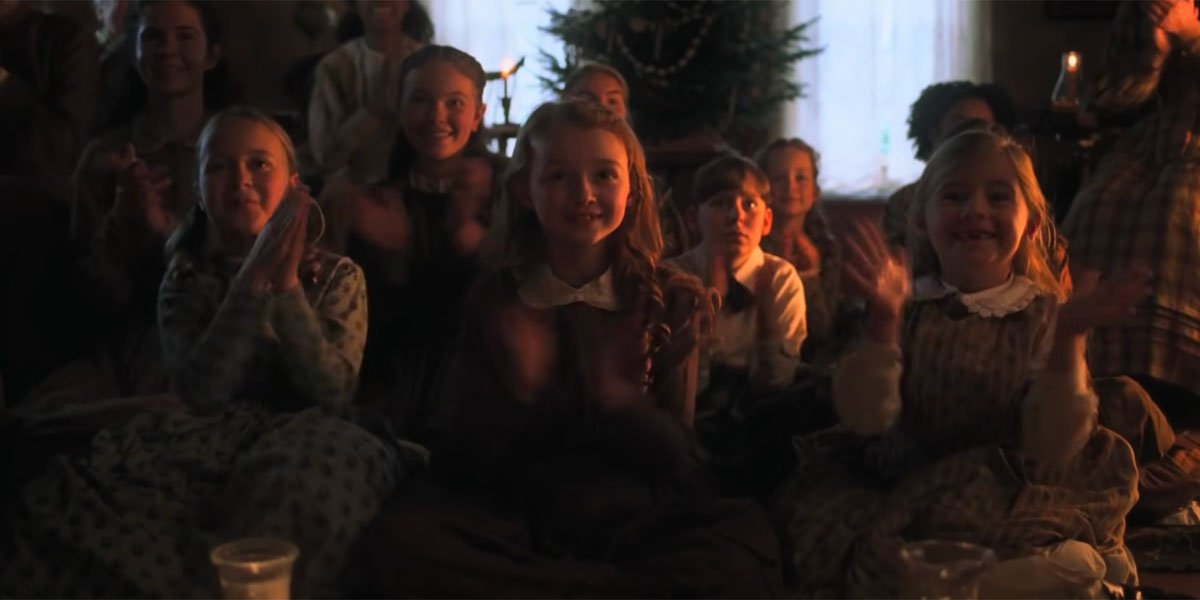
Jo And The Professor Open A School For Girls
At the end of Little Women 2019, the movie makes it seem like a rowdy school has been opened for children of both genders, although when Jo inherits Plumfield, she makes it clear she wants to open a school so girls can get a better education.
In the book, she opens a school for boys—“boys, I want to open a school for little lads”--although girls ultimately attend the school as well, as we find out in Little Men. This change may seem small but it’s a big difference for a movie that makes a lot of touches to be more female-focused even than past iterations of the project were.
It’s worth noting after all of this that Greta Gerwig’s movie adaptation of Little Women skips large swaths of Louisa May Alcott’s book. It’s a nearly 500-page behemoth with both stories combined, and while we get, for example, Meg testing her relationship by buying fabric she can’t afford, we miss another key anecdotal relationship story about the time she tried and failed to make jelly. These sorts of minor changes happen over and over again.
In fact, a lot of the book’s charming but less plot-driven anecdotal chapters are either condensed or skipped entirely for the movie adaptation. This includes bits like Amy trying to throw a party for her wealthier mates, the birth of Meg’s babies (who are simply introduced as children), or even Jo and Laura spending more time together in a way that makes it clear he pines for her.
However, what the director commits to the big screen is done rather faithfully, just with her own flair and some touches for a modern-day audience. Whether or not you'll love the changes is a different sort of story.
A lot has been made of the one line Laura Dern utters in the trailer and movie for Little Women, “I’m angry nearly every day of my life,” which is a line lifted straight from the pages of Louisa May Alcott’s( in many ways radical) book. It’s been repurposed to fit an even more feminist narrative here. But without the building blocks in Alcott’s novel the 2019 Little Women couldn’t exist.

Jessica Rawden is Managing Editor at CinemaBlend. She’s been kicking out news stories since 2007 and joined the full-time staff in 2014. She oversees news content, hiring and training for the site, and her areas of expertise include theme parks, rom-coms, Hallmark (particularly Christmas movie season), reality TV, celebrity interviews and primetime. She loves a good animated movie. Jessica has a Masters in Library Science degree from Indiana University, and used to be found behind a reference desk most definitely not shushing people. She now uses those skills in researching and tracking down information in very different ways.

